Are you interested in the history and impact of religion? These are the top religion museums in Galicia:

Museo do Pobo Galego
Santiago de CompostelaThe Museo do Pobo Galego, or Museum of the Galician People, is a private institution located in Santiago de Compostela. It was established in 1976 and opened to the public in 1977. The museum is housed in the former Dominican convent San Domingos de Bonaval, adding a layer of historical significance to the site.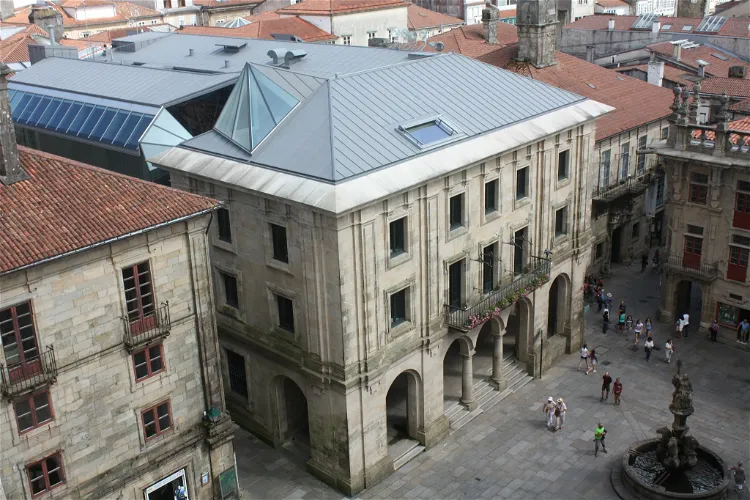
Museum of Pilgrimages and Santiago
SantiagoThe Museum of Pilgrimages and Santiago, established in 1951, is a cultural institution dedicated to the phenomenon of pilgrimage. It is situated in Santiago de Compostela, a city known for the Camino de Santiago, the cathedral, and the Jacobean phenomenon of the tomb of the apostle Santiago the Greater. The museum provides a deep insight into the cultural and historical aspects of these significant religious events and places.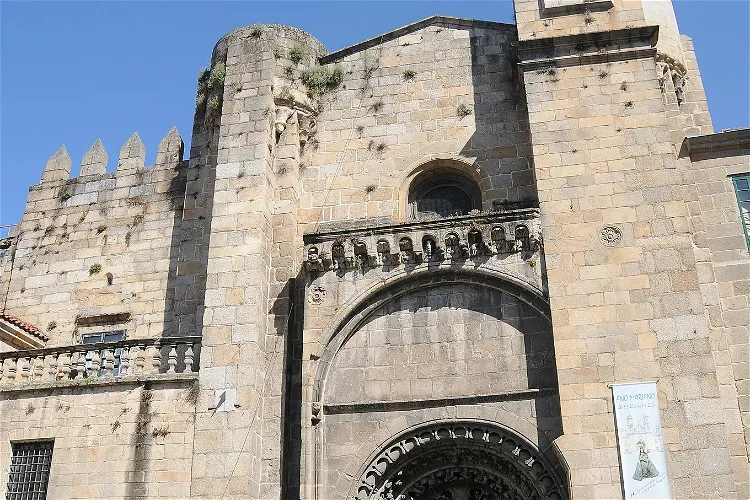
Ourense Cathedral
OurenseThe Ourense Cathedral has a history marked by destruction and rebirth. It was destroyed during Muslim incursions and later rebuilt during the 12th and 13th centuries, a period known for Romanesque architecture. The construction of the cathedral in its current form began in 1160 and was completed in the mid-13th century. This history of resilience and transformation is reflected in the cathedral's architecture, making it a fascinating site for those interested in historical architecture.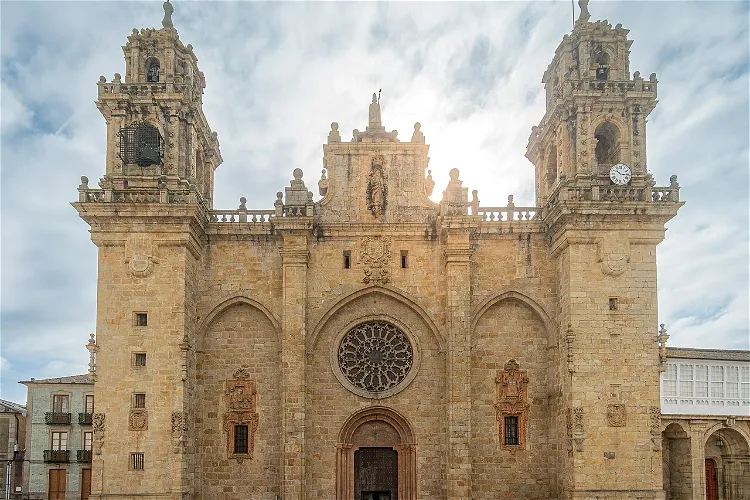
Mondoñedo Cathedral
MondoñedoMondoñedo Cathedral, also known as the Basilica of the Assumption of Our Lady, is one of the episcopal seats of the Diocese of Mondoñedo-Ferrol in Galicia, Spain. It is often referred to as the 'Kneeling Cathedral' due to its perfect proportions and modest height. The cathedral was declared a National Monument on May 23, 1902, and was named a basilica by Pope John XXIII in 1959.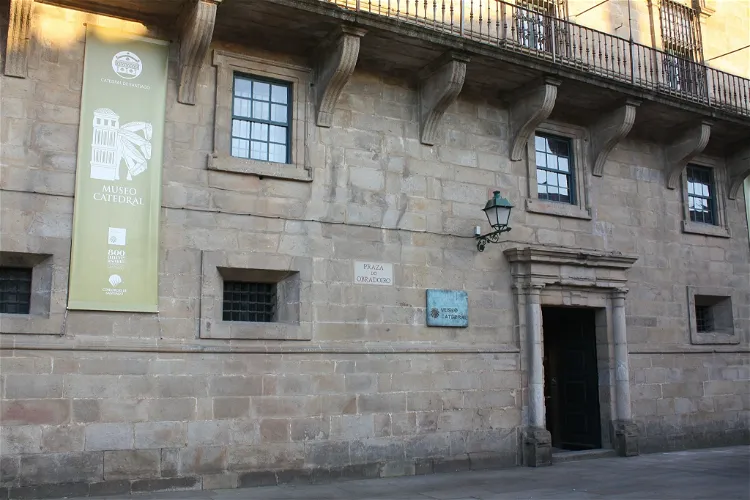
Santiago Cathedral Museum
Santiago de CompostelaThe Santiago de Compostela Cathedral Museum is a significant institution that houses a wide range of artistic and archaeological works. These works are owned by the Santiago de Compostela Cathedral and cover a broad timeline from the Roman era to the present day. This extensive collection provides a unique opportunity for visitors to explore the rich history and culture of the region through the various exhibits.
Museo Arqueolóxico de Cambre
CambreThe remains of the villa were moved from the original site, in front of the Romanesque church of Santa Maria, to the interpretation center, which is now part of the Archaeological Museum of Cambre. The museum is divided into two spaces, providing a comprehensive view of the villa's history and its significance in the Roman era.
Archive of the Kingdom of Galicia
A CoruñaThe Archive of the Kingdom of Galicia, located in La Coruña, is a significant cultural institution owned by the Ministry of Culture and managed by the Junta de Galicia since 1989. It serves as a repository of historical documents pertaining to the region of Galicia and the province of La Coruña, making it a valuable resource for those interested in the history and culture of the area.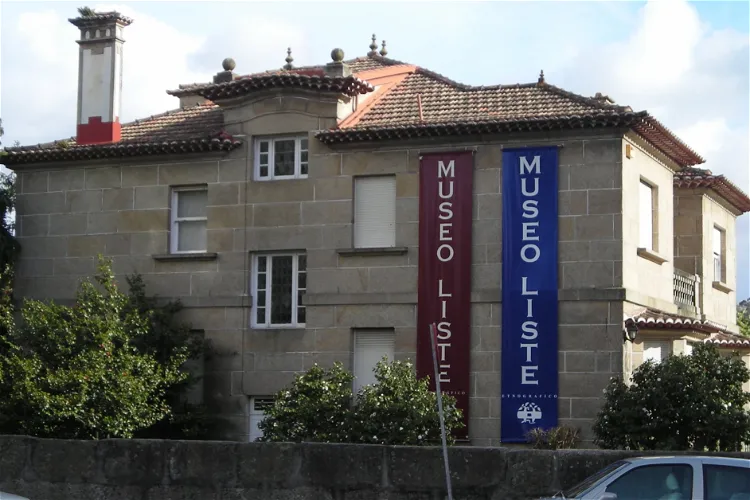
Liste Ethnographic Museum
VigoThe Liste Ethnographic Museum in Vigo is home to a vast collection of over 2,000 pieces that represent the material and spiritual culture of Galicia. This collection provides a comprehensive overview of the Galician heritage, including the artisanal trades, many of which are no longer in existence, traditional agricultural work, and numerous examples of religion and popular medicine. This museum offers a unique opportunity to delve into the rich cultural history of Galicia.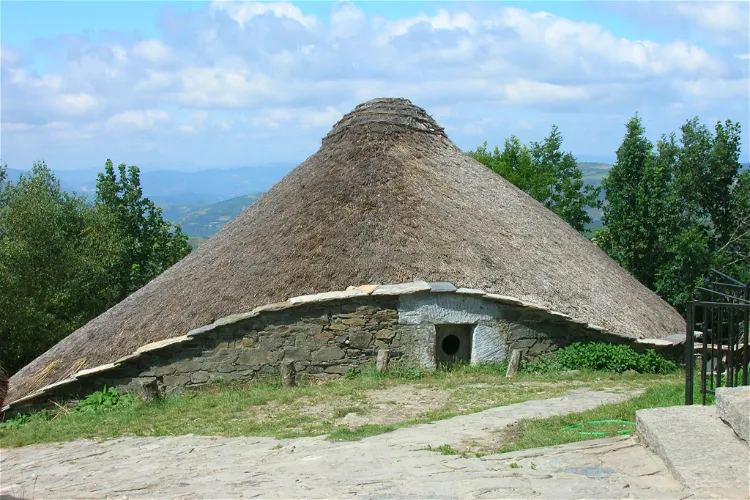
Cebreiro Ethnographic Reserve
Pedrafita do CebreiroVillage with traditional pallozas (slate and granite house with thatched roof) built around a pre-Romanesque shrine from 9th century.